Microsoft Flight Simulator latest version introduces a series of updates that can take you to another level. Let’s see how these improvements can bring you a better flying experience in addition, beyond the visual appearance. Meanwhile, check out what else is coming soon from the FeelThere dev team.
Source: flightsimulator.com
MSFS2020 History
In short, flight simulators have always been a clear example of the dimension of realism that modern technologies can achieve in a virtual environment. Particularly Microsoft Flight Simulator from its first edition 1.0 released in 1980 and throughout its evolution until the fantastic MSFS 2020, for instance.
Firstly, the recent version of the most famous flight simulator has built a photorealistic world using high resolution photogrammetry data that surprise anyone, particularly pilots. As a result, landscape shown by the simulator is amazingly similar to what we see from the airplane windows. In addition to these visual improvements, the MSFS 2020 has incorporated several interesting operational details for its users.
Secondly, the possibility of refueling in flight at any time or skillful co-pilot assistance in high workload moments.
Realism is not only a visual issue, it’s operational too.
When a pilot performs cross country flights under Visual Flight Rules, he takes several terrain references that must be easily recognizable to help them controlling the flight progress. However Modern GPS navigators have made these tasks much easier. On the other hand fuel consumption or remaining flight time calculations are still done by checking significant points along the route.
For example, imagine that you have to fly to a city or an airport that you don’t know. Before your “real” flight you could do it in your simulator game with the same visual references and an “almost” identical scenario, similarly. In conclusion, this is not just a great advantage for your training and for your experience. It’s also an invaluable contribution to flight safety.
Your co-pilot is not only there to lower the landing gear.
Now you have a co-pilot who is really part of your flight crew. Makes the hard work of being an aircraft commander much easier. This will teach you to delegate tasks in the cockpit and to manage all existing resources in the same way a real crew does.
The technology and automation incorporated by modern airplanes is truly fantastic and makes flights more efficient. We could say “almost perfect”. Possible to get lost between so many buttons or the selected mode on the flight control panel is not doing what you expected. Take it calm and don’t panic. Press your co-pilot assistance switch and let him or her take the flight controls while you try to regain your situational awareness.
Weather not only looks better, now you can actually feel it.
Firstly, the weather is another element that can help to achieve a great level of realism to the landscape. For instance if you combine different types of clouds, you can feel the turbulence of convective updrafts when you fly through a layer of clouds. Check that your passengers are seated, with their seat belts fastened when you go through a layer of cumulus. Seat belt sign ON!
Secondly, if the volumetric terrain looks amazing, the lighting and the weather are just as phenomenal. Moreover the landscape changes with the weather and the atmospheric dispersion effect. Moreover, 3D volumetric clouds will transform the scenery and make it look different every minute. In addition, the transition between different weather conditions, especially in real weather mode, is much smoother. Feel the up- and downdrafts on the mountain slopes blowing you.
Try extreme…
Certainly this improved meteorology can tempt you to experiment with extreme or unreal conditions. Remember that the simulator is more than a simple game where we can do “crazy” things. It is fundamentally a masterly training tool. But most importantly, it’s there to help you to incorporate and improve your best skills in the cockpit.
Likewise, since you would not assume a 50 knot crosswind on your plane, do not assume it on your flight simulator either. There are ways to incorporate live real-world weather into your home simulator. Choose a weather setting that makes sense for your training event.
A new generation of scenery’s developed by FeelThere
Pilots! Have you been surprised by the MSFS 2020 sceneries? What could be better than that? What’s next? Is it possible to make it better? Of course! FeelThere’s new generation of airports will arrive very soon and you won’t believe the level of realism you can achieve!
Heading North Carolina!
This southern state of the United States with a landscape that ranges from the beaches of the Atlantic Ocean to the Appalachian Mountains. It is perfect for our first release. Why? Because here it all began! “First to Fly” is North Carolina’s motto honoring the Wright Brothers, who flew their first plane in 1903 at Kitty Hawk (Outer Banks).
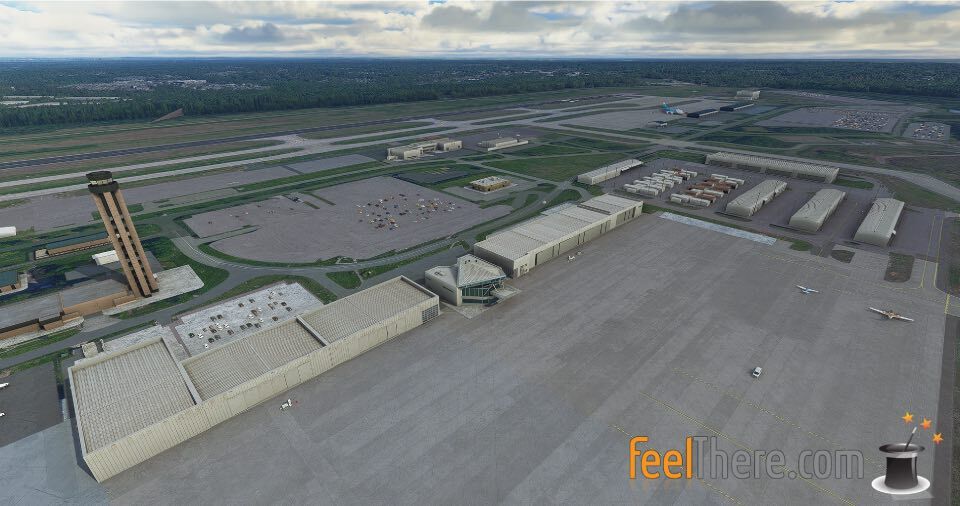
MSFS2020 KRDU 1 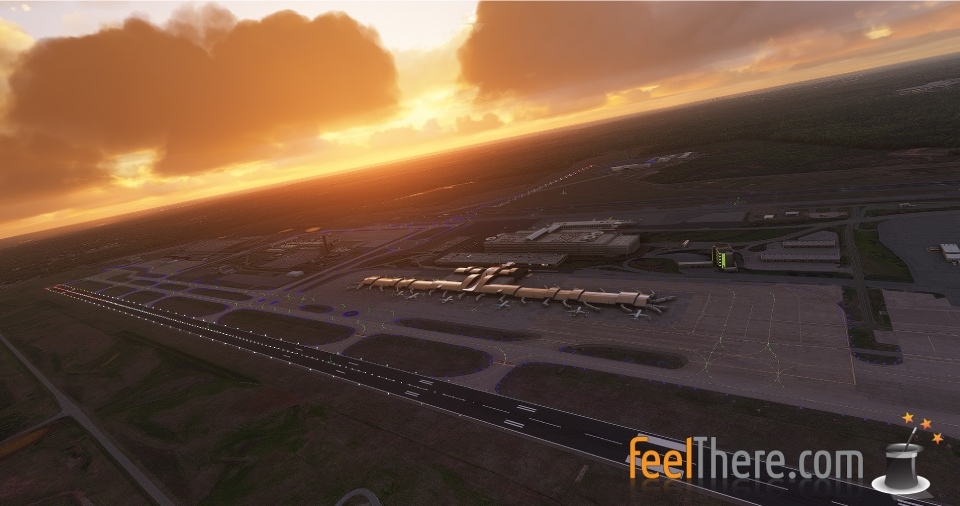
MSFS2020 KRDU 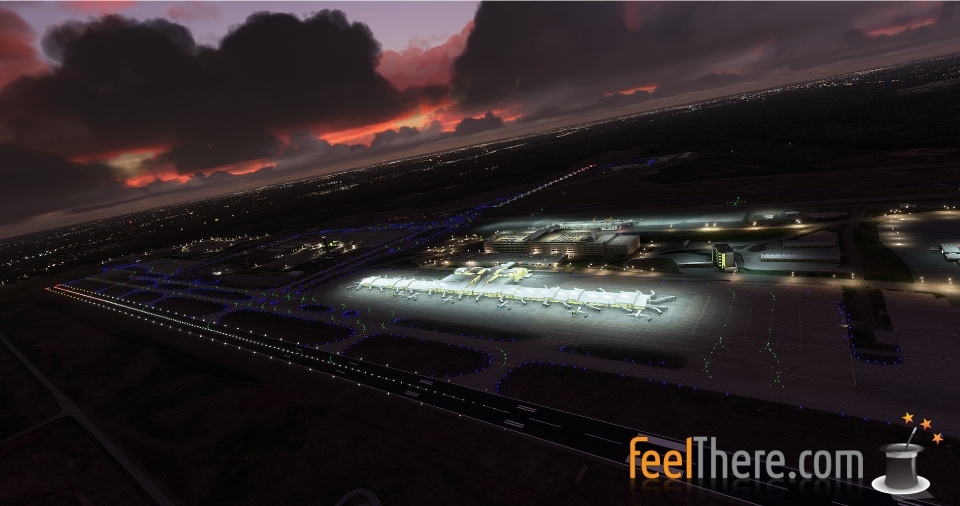
MSFS2020 KRDU 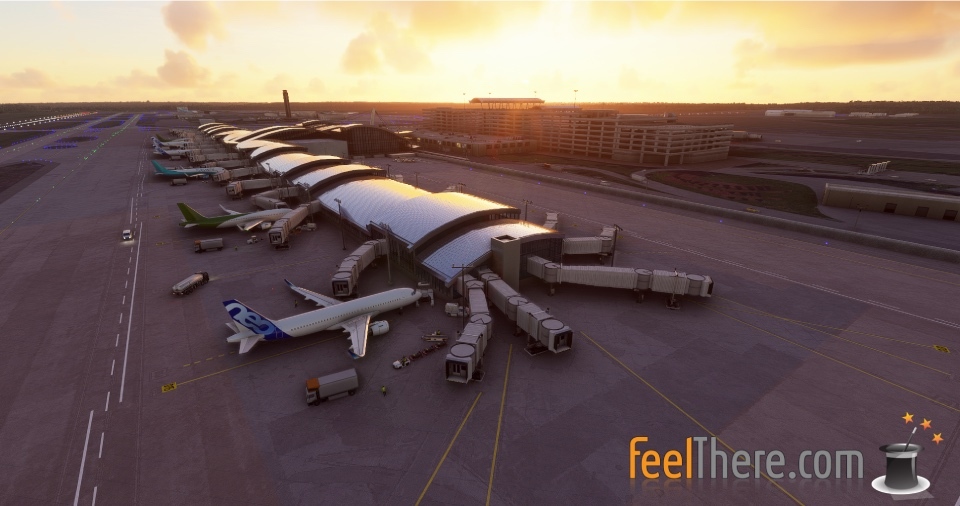
MSFS2020 KRDU 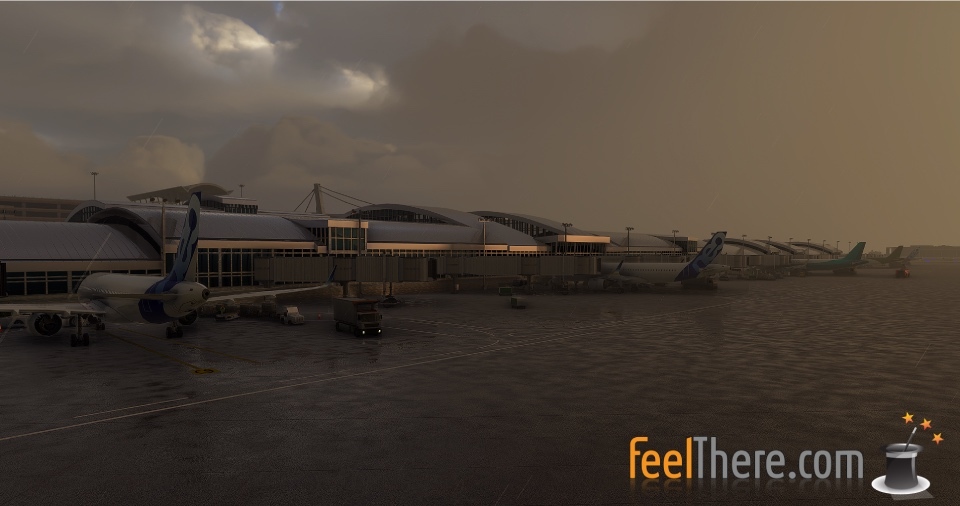
MSFS2020 KRDU 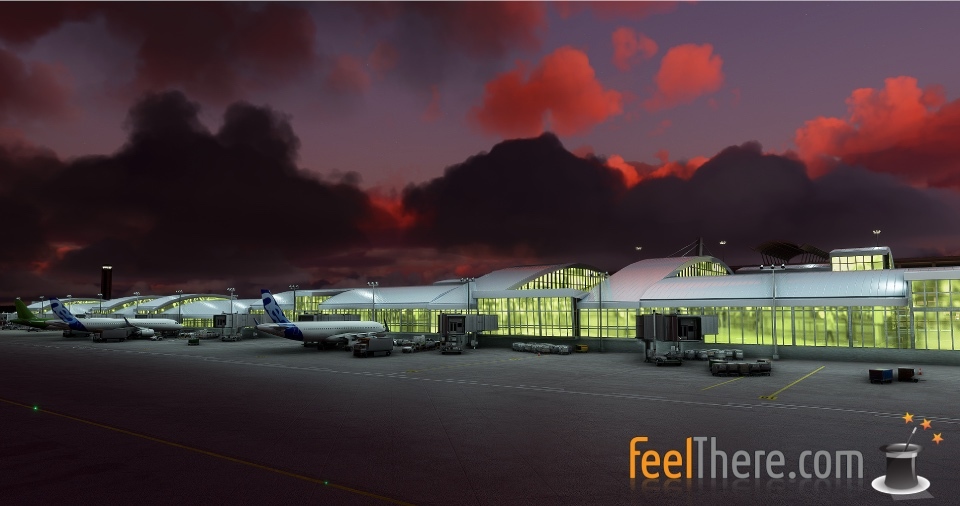
MSFS2020 KRDU 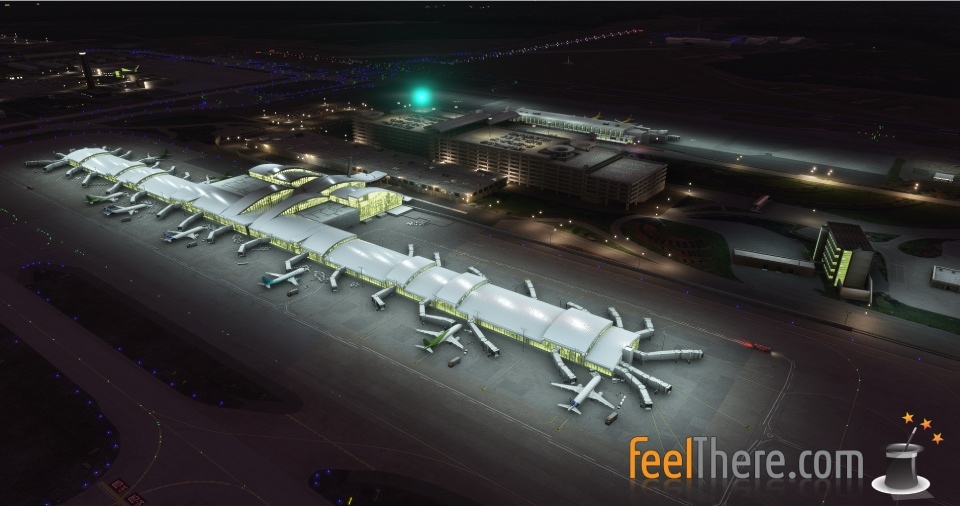
MSFS2020 KRDU 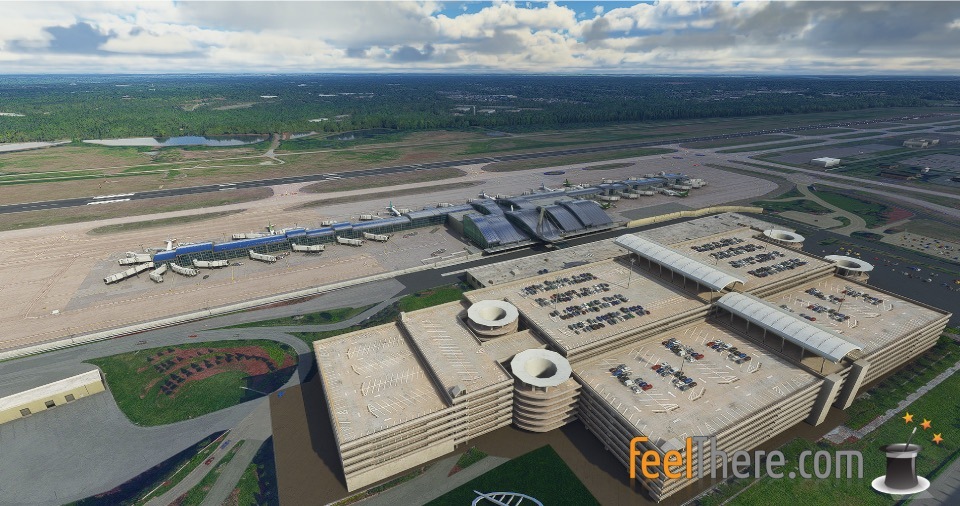
MSFS2020 KRDU 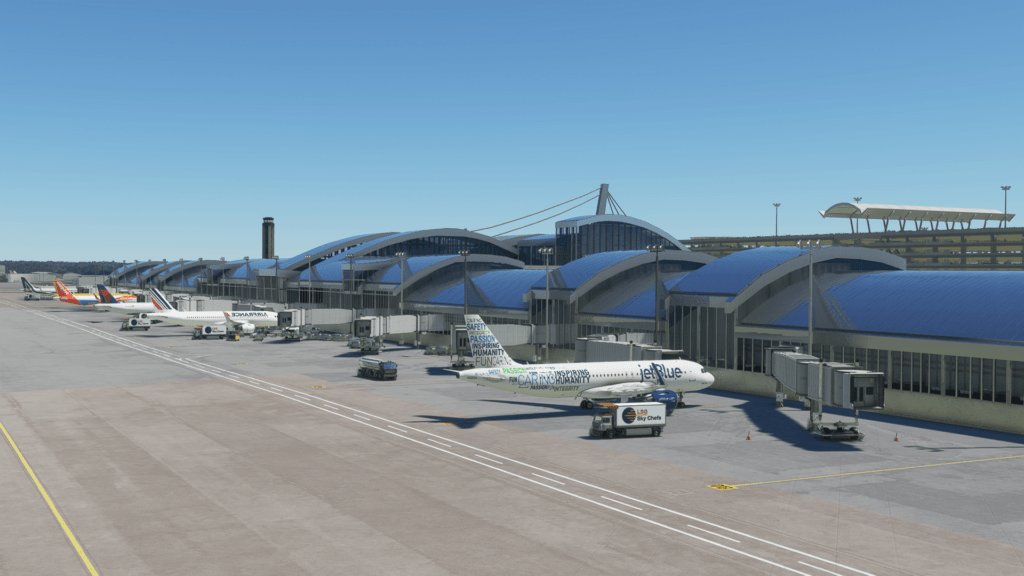
On the east-center of the state are the cities of Durham and Raleigh (State Capital). They share the Raleigh-Durham International Airport (KRDU). With two parallel runways (5-23) it provides direct flights to more than 300 domestic and international destinations in about 400 daily flights.
This fantastic airport, containing two terminals and luxuriant vegetation around it. Begins this great experience of flying in the most spectacular airports developed by FeelThere. Stay tuned, much more to come!
Our summary
The realism level which you can reach not only depends on the software of your simulator or the capabilities of your computer; but also depends largely of your performance in an environment that allows you to manage more real and challenging variables.
So, head to Raleigh-Durham International Airport. Take storms as real threats, think about the safety of your passengers, plan each flight as a real operation. You will be thinking like a real pilot. Even if you are simulating, now you will be one step closer to being one.


